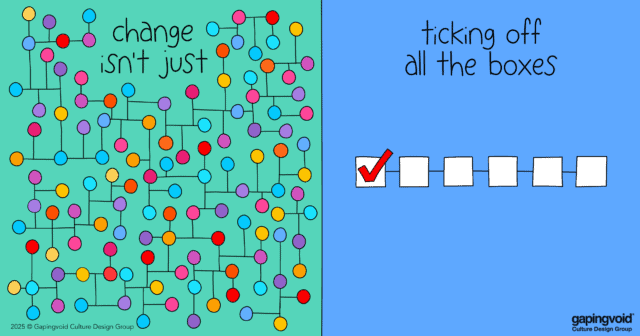Chess pieces. Lovely things, what’s interesting is that they’re actually based on the reality of ancient warfare.
Pawns. In the Greek Phalanx, because the spearmen held their shields in front, you couldn’t attack front on, but only hit them on the side. That’s why the pawns can only attack diagonally.
The Rook i.e. “rukh” is a Persian word for chariot. Chariots are fast and unstoppable, so they can’t weave from side to side, they can only move up and down or left and right at great speed. Though we commonly call it a “castle”, this signifies not the big stone building, but the type of castle that sits atop a war elephant, where the same rules of straight-ahead-up-and-down mobility apply as the chariot.
Bishops. The original bishop crown on a chess piece was actually a boat sail. Sailboats can only tack diagonally, they can’t go straight ahead, just like the chess bishop.
The Knight. The knight rode cavalry. Calvary doesn’t attack the enemy straight on, but maneuvers to the side in a flanking movement. Just like the little horse on the chessboard.
The Queen. She and her children are protected by the army’s best, crack troops. They have power and they can go wherever they see fit, and they have the muscle to back it up. So they do.
The King. Because he’s the monarch he can go in whatever direction he wants, but because he’s so heavily laden with the trapping of State (The treasury, the armory, the courtiers, and all the other apparati), he can’t go very far. So he doesn’t.
Chess is a metaphor. It is a complex game of strategy and execution. The game provides a useful mental model for the complex world of organizations. Are you a Knight, Rook, or Queen? Do you need to move straight in or tack to achieve the successful delivery of your project? We know that the most effective people are able to be pawns to kings, depending upon the context.
There is a lot we can learn about business from chess.



